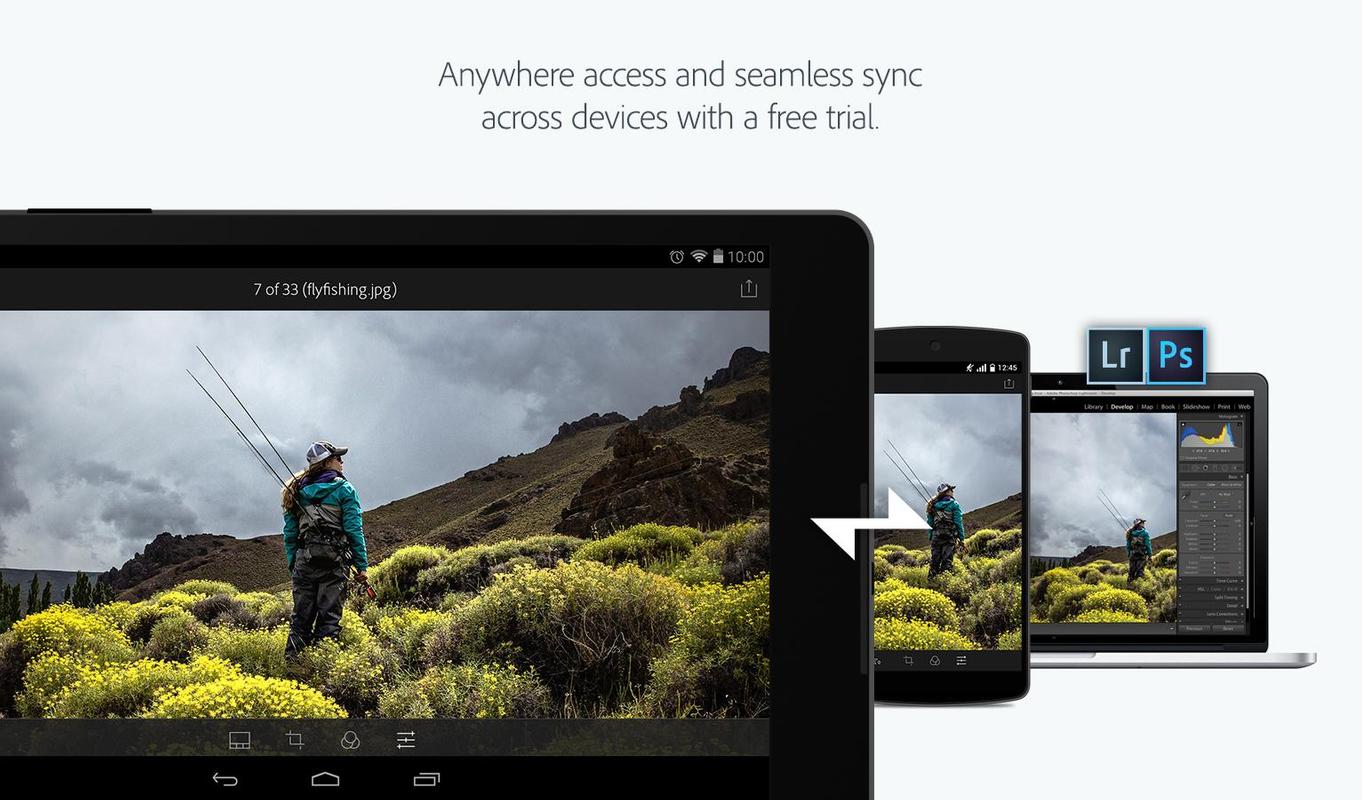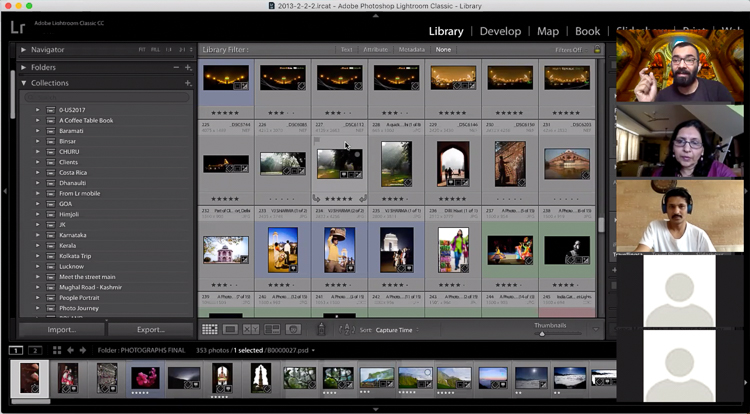

You can also use Adobe Lightroom shortcuts to speed up the process.


Not only is the app able to apply batch editing to multiple files at once (saving you hours in the process) it can apply saved presets to the images, which can be downloaded from other sources, saving you even more hard work. Need to apply the same changes to a whole bunch of images? Well, in that case, Lightroom should be your workhorse of choice. Here are a few of the main features that you'll find in Lightroom but not Photoshop. Lightroom might seem like a more simplistic tool than Photoshop, but that is because it is built around workflow rather than design. So, Photoshop is intended to be used by graphic designers to create and manipulate raster graphics, while Lightroom is geared towards photographers who want to convert and enhance RAW image files. However, unlike Photoshop, there are no design tools available in Lightroom. It is intended to be used by photographers who want to enhance their photos.Īt its heart, Lightroom is a RAW file converter, but it also allows you to arrange your files (so acts as a file manager) and manipulate photographs too. Lightroom on the other hand ( what is Adobe Lightroom?), is designed solely with the conversion and editing of photographs in RAW image format. It is intended as a graphics editor and has numerous tools associated with creating and editing graphics. So, Photoshop is not only capable of manipulating existing images, it can also be used to create images completely from scratch. While Photoshop started life as an application for raster graphics editing, it is now an industry standard for all manner of graphics editing and design. The biggest difference between Photoshop and Lightroom is what they are intended to be used for.


 0 kommentar(er)
0 kommentar(er)
